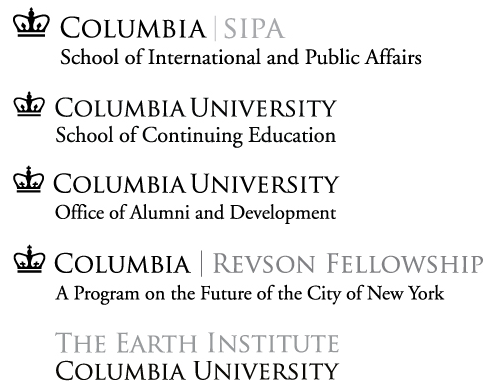Other Identities and Co-branding
Given Columbia's history of decentralized structure, it is understandable that schools, institutes and centers across the University developed highly distinctive identities and idiosyncratic logos over the years. Unfortunately, such a multiplicity of unrelated visual identities does not serve the interests of either the individual operating unit or Columbia as a whole. First, no single unit has the financial resources to effectively "brand" itself through a visual identity as corporations and consumer products do through widespread advertising and marketing. Second, such efforts deprive both that unit and the University itself of the collective power inherent in Columbia's global name and reputation. Especially in these times, the limited resources previously devoted to creating and maintaining a wide array of identities are better invested in academic and other substantive programming.
Going forward, we would discourage the proliferation of visual marks, colors, and identities that do not place individual units within the framework of the larger University, a best practice increasingly followed by our peers. While it is not necessary to seek uniformity in the ways that different schools, institutes, and centers shape their identities, we believe that everyone is best served by employing some combination of core elements of name, color, typography, and visual mark. As a guide, we have developed a series of "co-branded" identities that communicate individuality while bestowing the value of Columbia's name and reputation. A growing number of schools, institutes, and programs have already taken on this co-branding approach and are finding it highly effective with both internal and external audiences. Here are a few examples:

Next: Web Identity Guidelines

